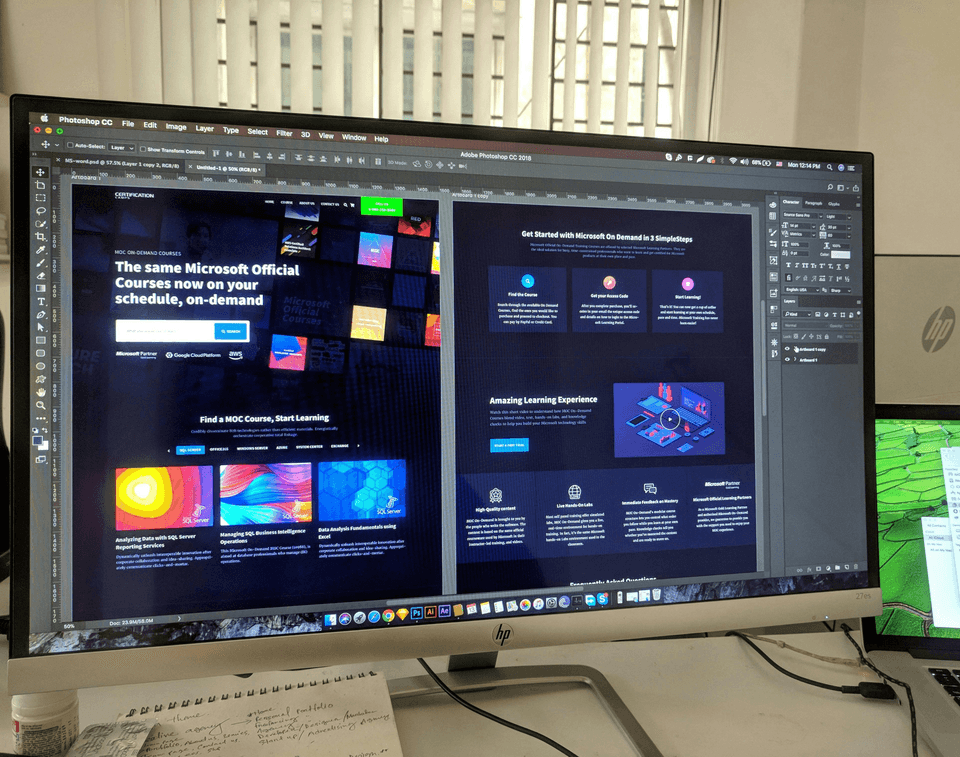How to Build a Jamstack Website

Building a JAMstack website is a modern approach that emphasizes performance, security, and scalability. JAMstack stands for JavaScript, APIs, and Markup, and this architecture separates the front-end and back-end, allowing for a more efficient and dynamic web development process.
One of the key aspects of building a JAMstack website is utilizing static site generators. Tools like Gatsby, Next.js, and Hugo enable developers to create static HTML pages from templates and components. These static pages are pre-rendered at build time, resulting in fast load times and a smoother user experience. Static site generators also simplify the deployment process, making it easy to host JAMstack websites on content delivery networks (CDNs) for global reach and reliability.
Another fundamental component of the JAMstack architecture is the use of APIs. APIs connect the front-end to various services and databases, allowing for dynamic functionality without relying on a traditional back-end server. This decoupling of the front-end and back-end enables developers to integrate third-party services, such as authentication, content management, and e-commerce, seamlessly into their JAMstack websites. By leveraging APIs, developers can build highly interactive and feature-rich websites while maintaining a clean and maintainable codebase.
In addition to static site generators and APIs, JavaScript plays a crucial role in the JAMstack approach. JavaScript frameworks and libraries, such as React, Vue, and Svelte, empower developers to create interactive and dynamic user interfaces. These frameworks provide the tools to build reusable components, manage application state, and handle user interactions, resulting in a responsive and engaging user experience.
Optimizing performance is a significant advantage of JAMstack websites. Since the content is served from CDNs, users experience faster load times and reduced latency. Moreover, JAMstack websites are inherently more secure as they minimize server-side processes and reduce potential attack surfaces. This makes JAMstack an ideal choice for developers seeking to build robust and secure websites.
When building a JAMstack website, it's essential to consider the workflow and tools that will streamline the development process. Version control systems like Git, continuous integration and deployment (CI/CD) pipelines, and headless content management systems (CMS) are valuable tools that enhance productivity and collaboration. These tools enable developers to manage content, automate deployments, and maintain a consistent development environment.
In conclusion, building a JAMstack website offers numerous benefits, including enhanced performance, security, and scalability. By leveraging static site generators, APIs, and JavaScript frameworks, developers can create modern, responsive, and feature-rich websites. The JAMstack approach simplifies the development process and enables the integration of third-party services, making it a versatile and powerful solution for today's web development needs. With the right tools and a focus on best practices, JAMstack can revolutionize the way websites are built and delivered in the digital age.